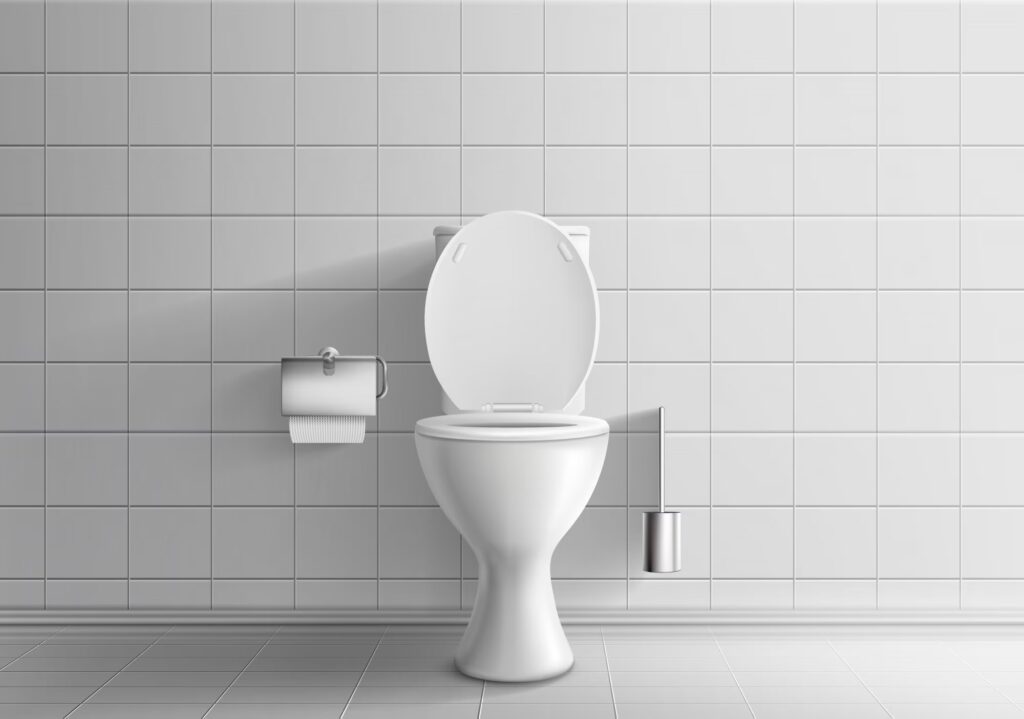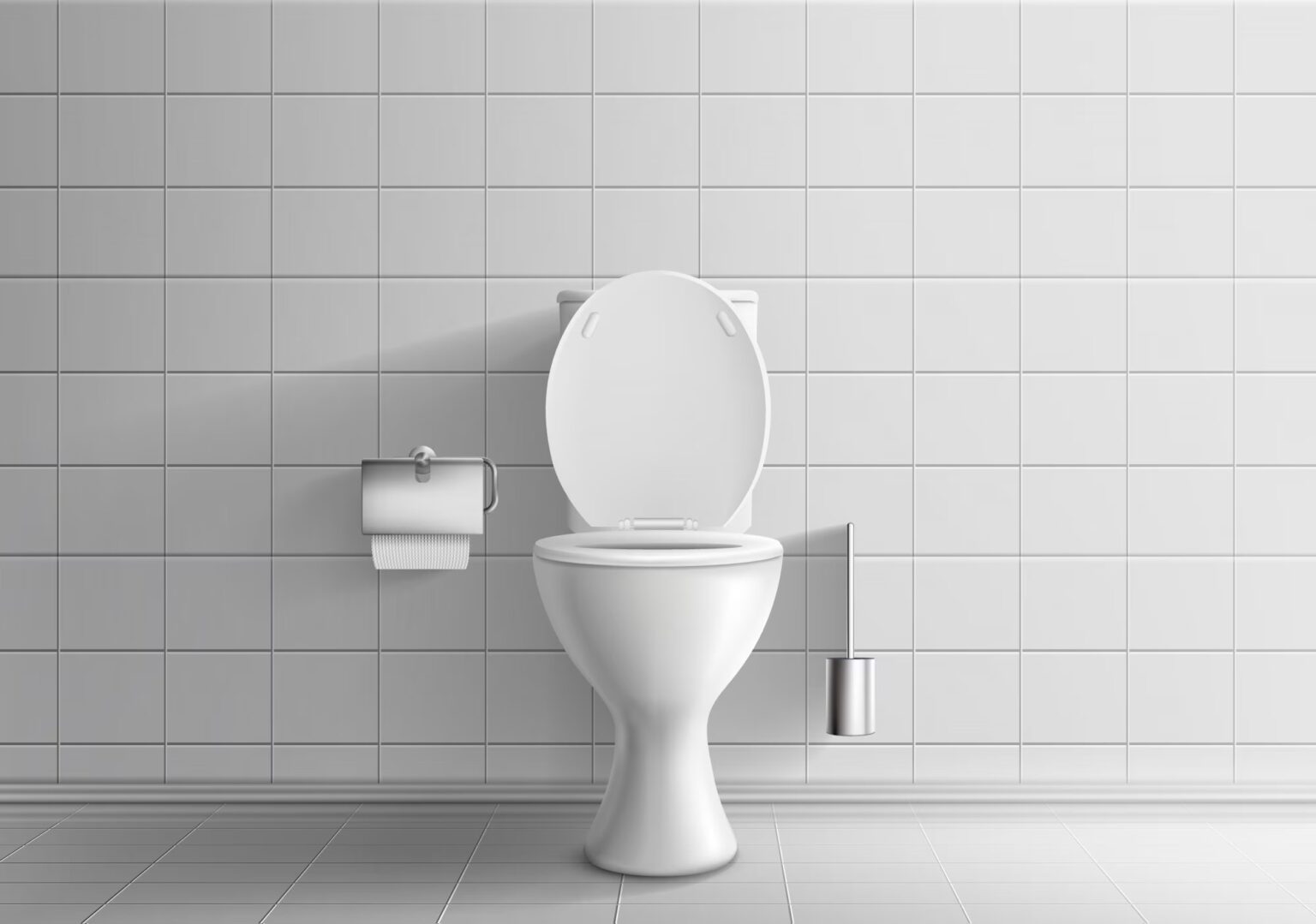For many of us, the two buttons on modern toilets are a mystery. We may think they’re just for flushing, but the truth is, they’re designed to save water. The dual flush system is a simple yet effective way to conserve this precious resource, and it’s been around for decades.
So, how does it work? The larger button is for flushing solid waste and uses around 6 to 9 liters of water. The smaller button, on the other hand, is for flushing liquid waste and uses only 3 to 4.5 liters of water. This difference may seem small, but it can add up to make a big impact on water conservation.
The dual flush system is based on a simple principle: using only the amount of water needed for the task. This approach is not only practical but also eco-friendly. By switching from a single-flush toilet to a dual-flush system, households can save up to 20,000 liters of water every year.

While dual flush toilets may be slightly more expensive to install initially, they’re far more economical in the long run. They use less water, which means lower water bills and a reduced environmental impact. The concept of the dual flush toilet was first introduced by American industrial designer Victor Papanek in his 1976 book, Design for the Real World.
Today, dual flush toilets are a standard feature in modern toilets worldwide. Using them is simple: just press the smaller button for liquid waste and the larger button for solid waste. By making this small change, you can do your part to conserve water and make a positive impact on the planet.
So, next time you use a dual flush toilet, remember to choose wisely. It’s a small action that can make a big difference.


